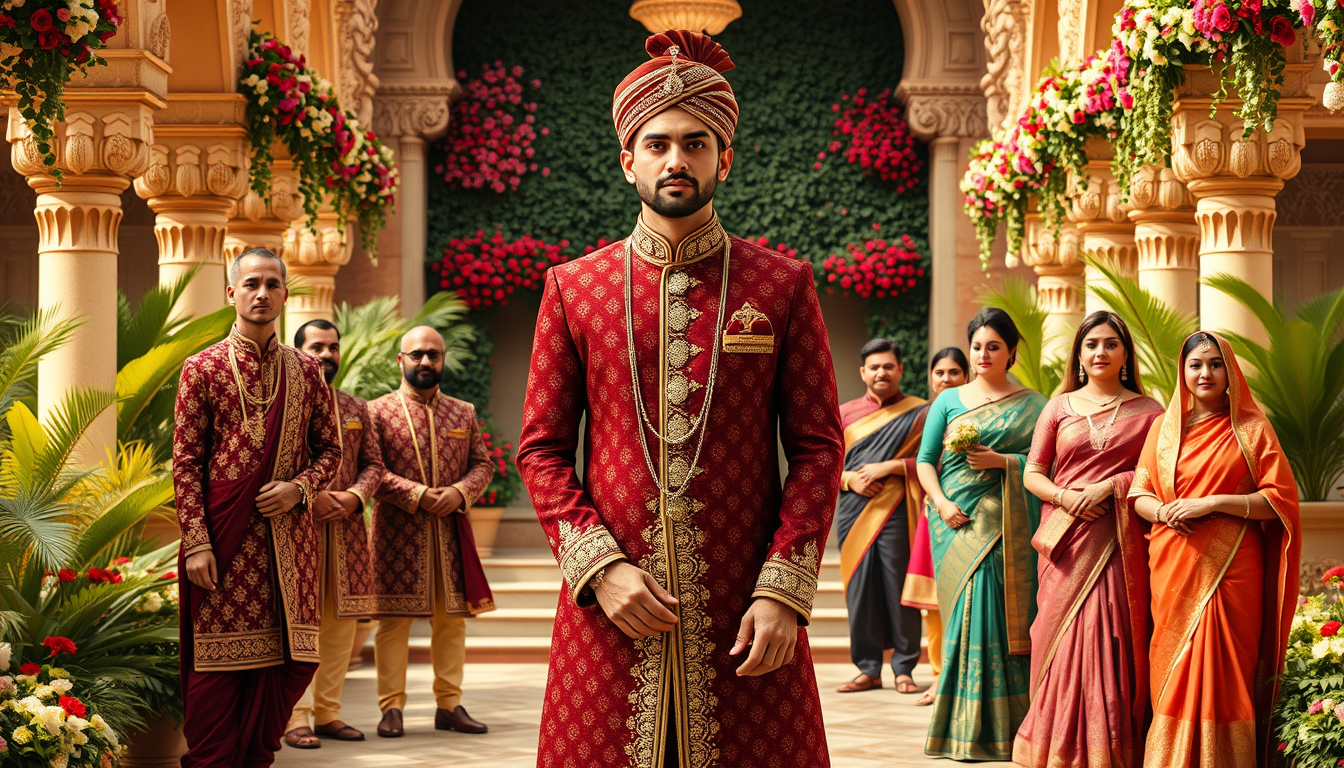Explore Indian Tattoo Ideas: Cultural Design Inspiration
Tattoos have been a part of human culture for thousands of years, and Indian tattoo ideas have a rich history and cultural significance. From traditional designs to modern interpretations, Indian tattoos offer a wide range of options for those seeking unique and meaningful body art. In this comprehensive guide, we will explore the various Indian … Read more









